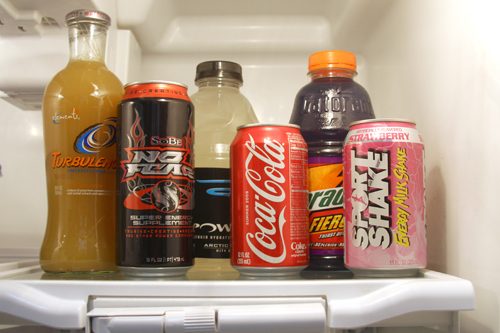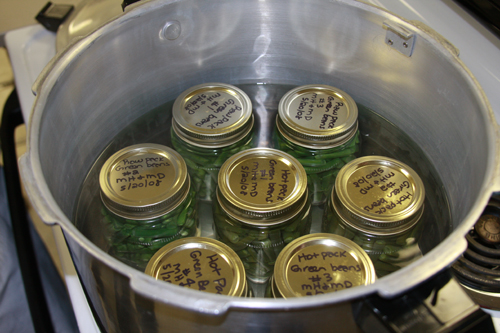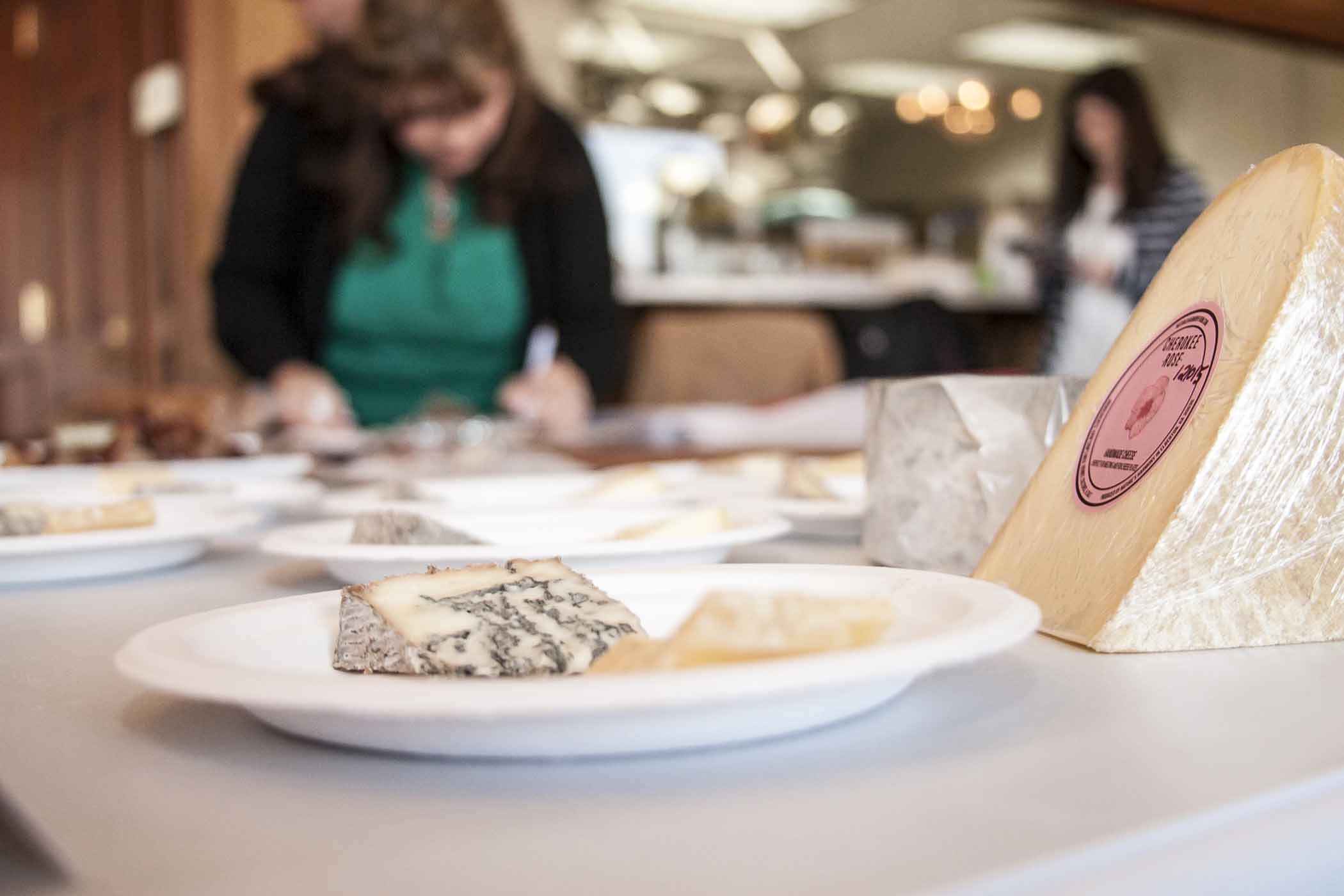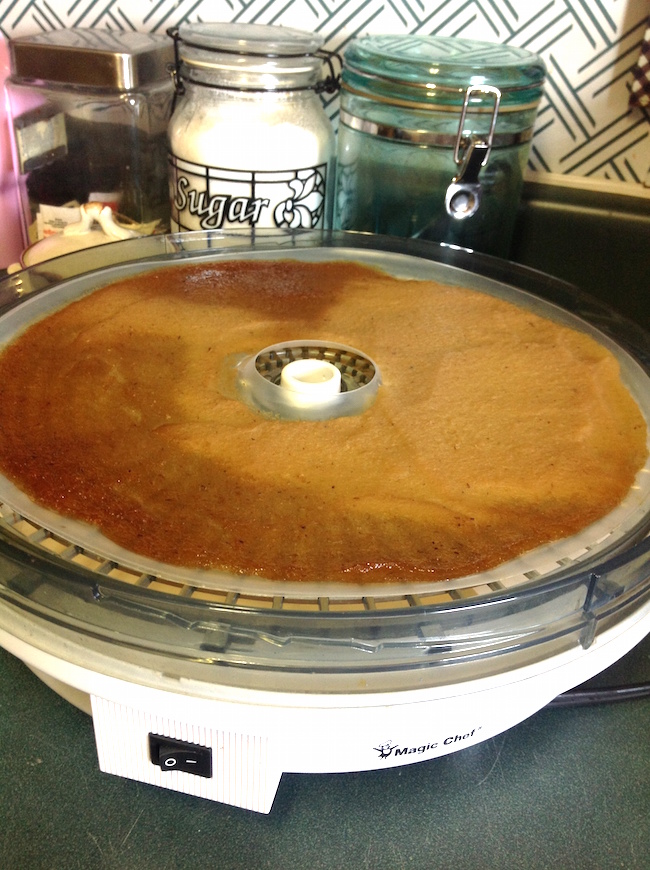Are you afraid to open your cupboard and look for those baking ingredients? Do you wonder if they are OK or should be thrown out? Do these items ever get old?
If seasonal baking is all you do, those leftover baking ingredients may be less than fresh. Even if you bake throughout the year, staple ingredients should be refreshed periodically.
Now is a good time of year to take inventory. Dry ingredients like sugar, most flours and spices are safe to use no matter how old they are. But they might not taste or perform as expected forever.
Flour
White flour keeps its quality up to a year when stored in an airtight container or freezer bag in a cool, dry place. Remember, moisture content can affect your recipe. All-purpose and bread flour will keep up to two years at 40 F in your refrigerator, according to the Wheat Foods Council. It can be stored indefinitely in the freezer.
Allow refrigerated flour to come to room temperature before using it. Whole wheat flour keeps best for one to three months at room temperature. It becomes rancid if kept at room temperature for any longer. For longer storage, put it in an airtight container or freezer bag in the refrigerator or freezer. It will maintain quality six months in the refrigerator and up to 12 months in the freezer.
Sugar
White granulated sugar keeps indefinitely if properly stored. However, rotate the supply every two years for ease of use and quality. Store it in an airtight container or a heavy moisture-proof plastic bag. To soften hardened sugar, put it in a sturdy food-quality bag and pound it with a hammer. Smash smaller pieces with a mortar and pestle or break in a spice grinder.
Brown sugar keeps maximum freshness and flavor for four to six months. It's important to store it in an airtight container to retain moisture and prevent hardening. Keep it in its original plastic bag, tightly closed, or transfer it to an airtight container or a moisture-proof plastic bag.
To soften brown sugar, heat it in a 250-degree oven for a few minutes. Or, place it in a microwave-safe container and loosely covered with a white, damp paper towel. Microwave on high and check it every 30 seconds. Be very careful when handling heated sugar.
Baking powder, soda
Baking powder and baking soda keep 12 to 18 months if stored tightly covered in a dry place. Discard both after expiration date. Use dry utensils to dip baking powder or soda.
To test baking powder for freshness, mix one teaspoon baking powder with one-third cup of hot water. If it foams vigorously, it still has rising power. To test baking soda, place one and a half teaspoons in a small bowl with one tablespoon of vinegar. If it fizzes, it will still leaven food. If it doesn't, place it in the refrigerator to trap odors.
Herbs and spices
Herbs and ground spices keep good flavor up to one year if stored in cool, dry cupboards. Whole spices can keep their quality up to two years. Store them in a tightly covered container in a dark place. Air, light, moisture and heat speed flavor and color loss.
If you use a spice rack, place it away from light, heat and moisture. Avoid storing above or near the stove, dishwasher, microwave, refrigerator, sink or heating vent. Use a dry spoon to handle spices or herbs. Don't sprinkle them directly from the container into a steaming pot.
To check the potency of a ground spice, smell it. If its aroma is immediate, strong and spicy, it should still add flavor to your foods.
To test herbs, crush a small amount in your hand and smell it. If the aroma is still fresh and pleasant, it can still flavor foods. If there's no smell or an off smell, toss it. Get into the habit of smelling your spices and herbs periodically; you will learn what fresh smells and looks like.
Following these tips and paying attention to your stored staples can help avoid disappointments in your baking. Be sure to always read labels, follow storage information and look at recommended use-by dates for all ingredients.







